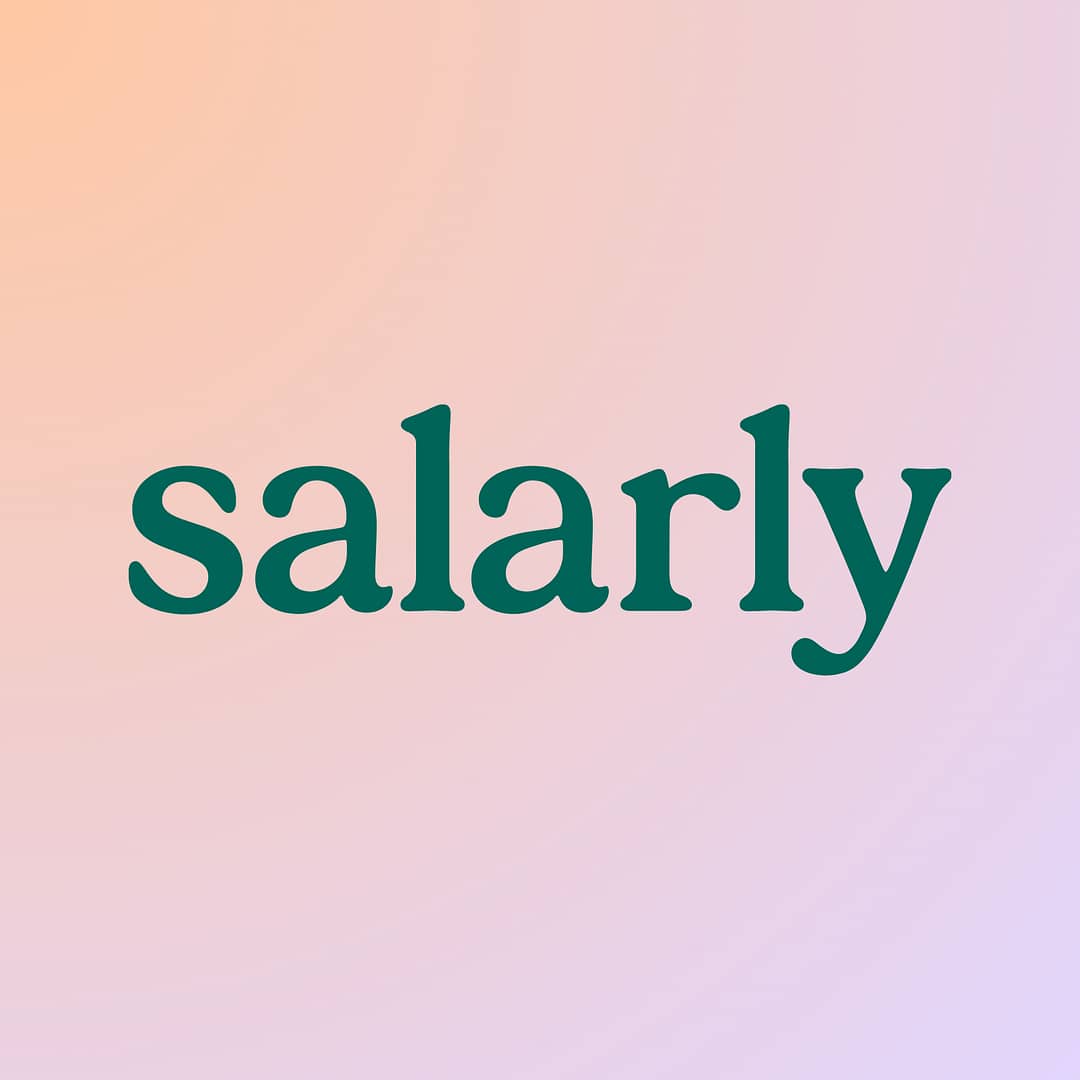When applying for a loan, one of the first things lenders look at is your DTI—but what does that mean? It stands for Debt-to-Income ratio, and it measures how much of your monthly income goes toward paying debts.
If your DTI is too high, it can be harder to get approved for loans, even if your credit score looks good.
What Is DTI and Why Does It Matter?
Your Debt-to-Income ratio compares your monthly debt payments to your gross monthly income (the amount you earn before taxes). Lenders use DTI to check whether you can handle more debt. A lower ratio means you have room in your budget to take on additional payments, while a higher one signals that you may be overextended.
How to Calculate Debt-to-Income Ratio
Figuring out your ratio is simple. Here’s the formula:
DTI = (Total Monthly Debt Payments / Gross Monthly Income) x 100
Step 1: Add Up Your Monthly Debt Payments
Include:
- Mortgage or rent payments
- Car loans
- Student loans
- Credit card minimum payments
- Other potential loans
Step 2: Divide by Your Gross Monthly Income
If your total monthly debt payments are $1,500 and your gross monthly income is $5,000:
DTI = (1,500 / 5,000) x 100 = 30%
In this case, your Debt-to-Income ratio is 30%, which is considered a manageable ratio.
Why Your DTI Affects Loan Approvals
Lenders care about your debt-to-income because it shows how much of your income is already committed to debt. If your DTI is too high, lenders may see you as a higher risk borrower. Here’s a quick guide:
- Below 36%: Ideal DTI—most lenders prefer borrowers below 36%.
- 37% to 49%: Manageable, but lenders may be cautious.
- 50% or Higher: High DTI—lenders may deny your application or offer smaller loan amounts.
A high ratio doesn’t mean automatic rejection, but it can limit your borrowing options.
5 Easy Ways to Improve Your DTI
If your DTI is higher than you’d like, don’t worry—there are simple steps to bring it down:
- 1. Pay Down High-Interest Debts First – Consider Debt Consolidation
Start by tackling credit cards and high-interest loans to lower your monthly payments. Salarly’s pyroll linked loans are a good tool for debt consolidation! See how you can leverage it here. - 2. Increase Your Income
Consider taking on extra shifts, a side hustle, or asking for a raise to boost your income. - 3. Refinance to Lower Monthly Payments
Refinancing your existing loans could reduce your monthly payments and improve your DTI. - 4. Make Extra Payments Toward Principal
Even small extra payments can reduce the overall balance, lowering your future monthly obligations. - 5. Salarly’s Payroll-Linked Loans are a good tool for debt consolidation, offering a fair and transparent way to manage your existing debts and improve your DTI.
About Salarly
At Salarly, we know that financial situations are unique. While DTI is important, we also look at employment Stability, because steady job shows reliable income. Salarly offers:
Payroll-Linked Repayments – Our repayments align with your paycheck, making it easier to stay on track.
Fair and Flexible Loan Options – We offer loan amounts that fit your financial needs.
Therefore, there are many aspects to consider in order to be eligible for a payroll linked loan from Salarly. Check your eligibility here!
FAQs: DTI and Loan Approvals
How does a high DTI affect my ability to get a loan?
A higher ratio makes lenders more cautious because it suggests that a larger portion of your income is already committed to debt.
Does Salarly approve loans for borrowers with high DTI?
Salarly considers more than just DTI. We assess your income, job stability, and payroll-linked repayment ability to make fair decisions.
How can I lower my DTI quickly?
Paying down high-interest debts and avoiding new credit can reduce your ratio. You can also increase your income to improve your ratio.
Is DTI more important than credit score?
Both matter. While credit score reflects your repayment history, DTI shows how much of your income is tied up in debt. Lenders evaluate both for a complete financial picture.











